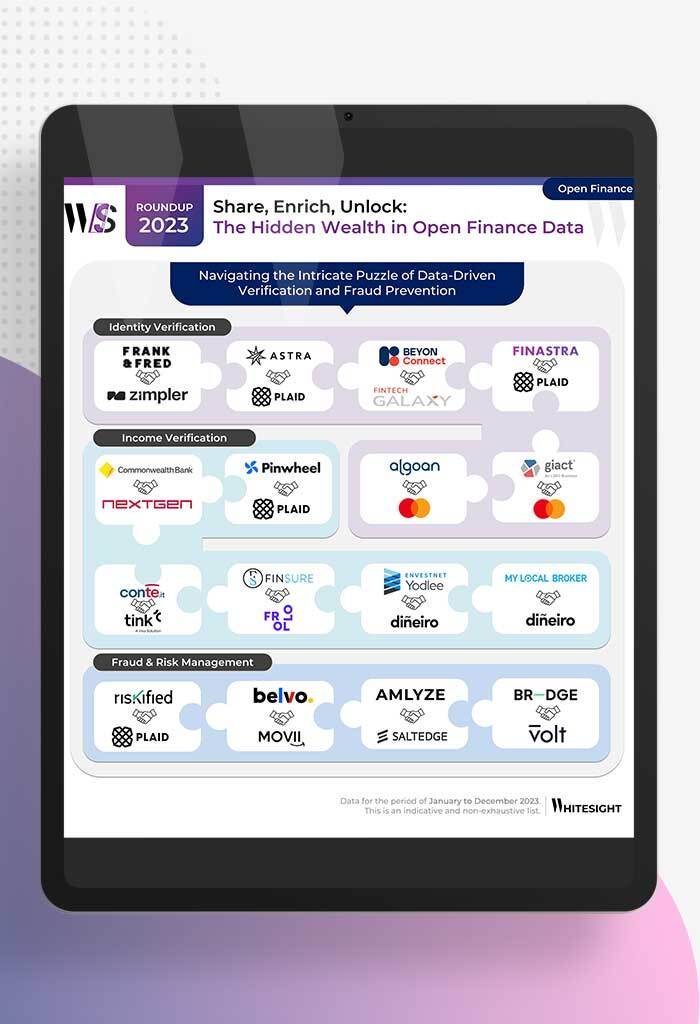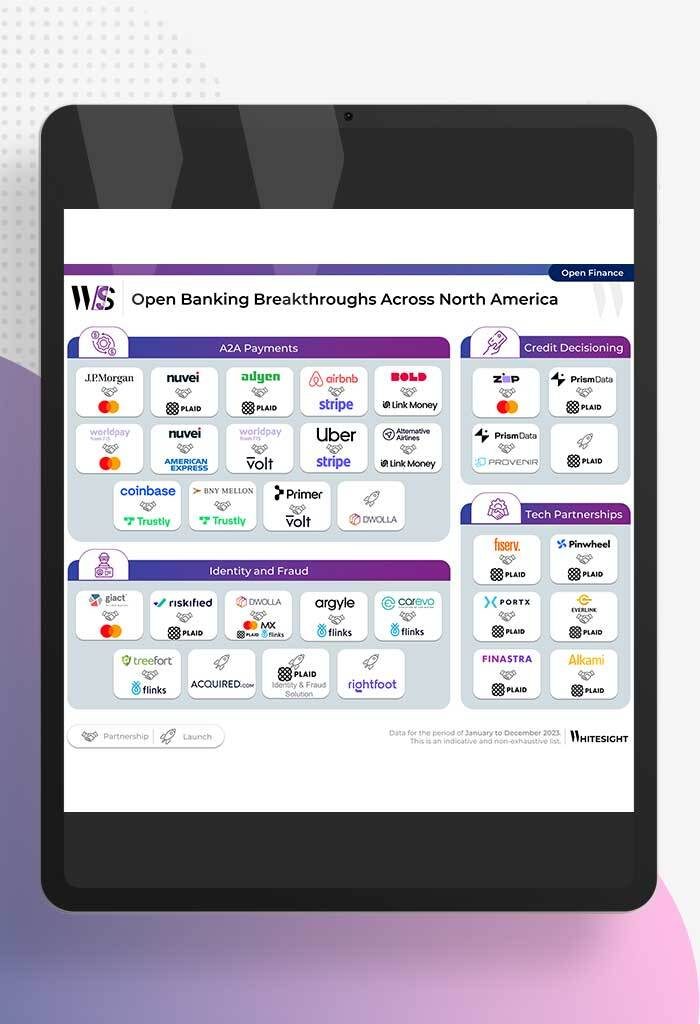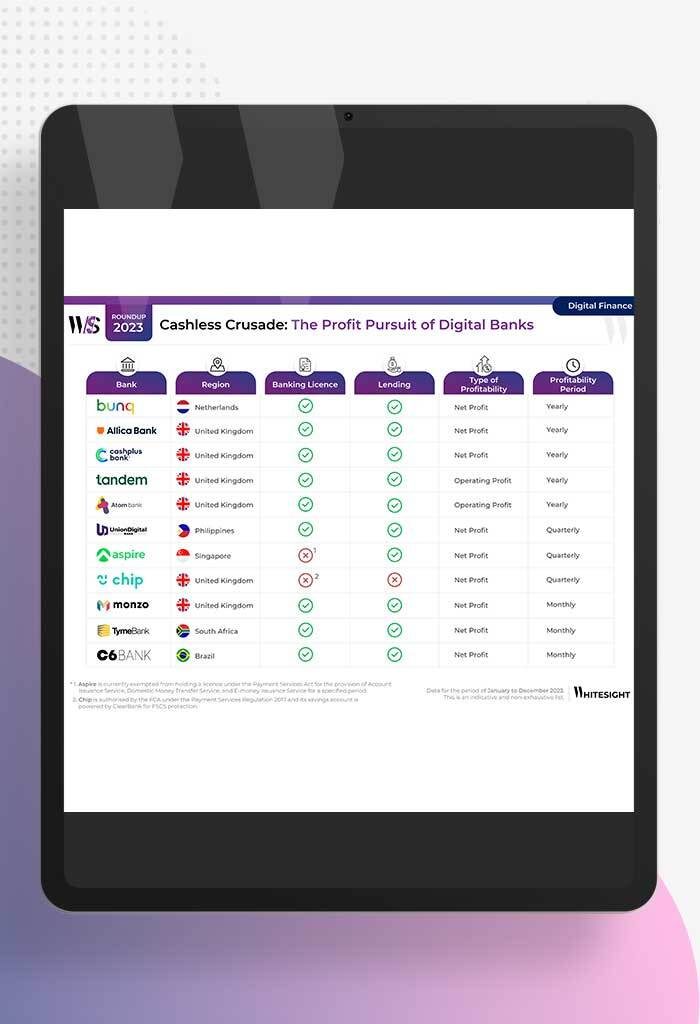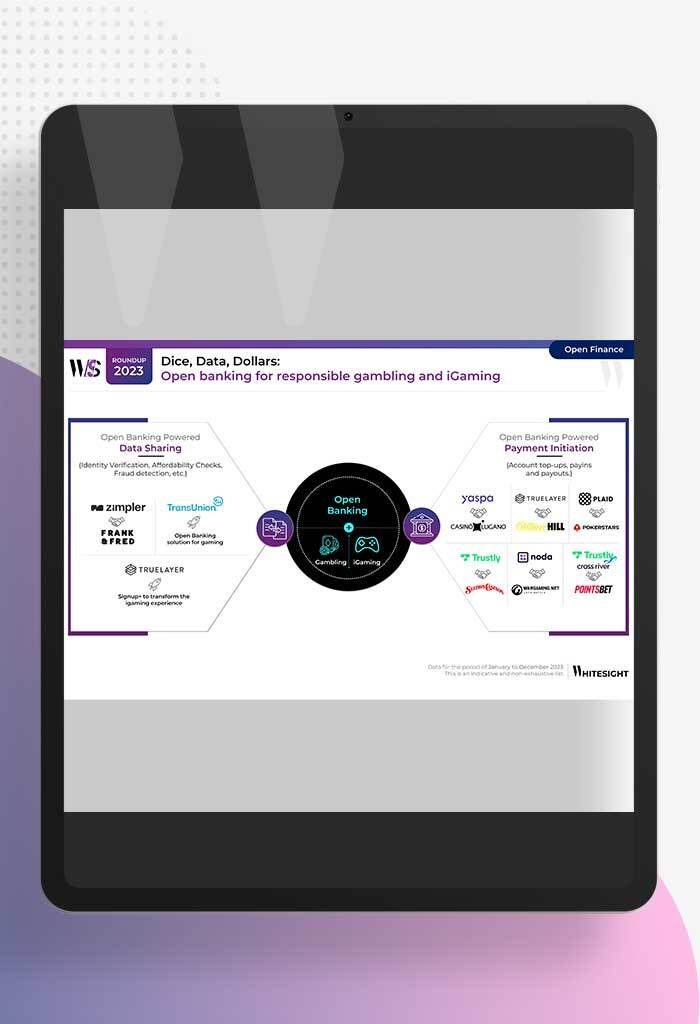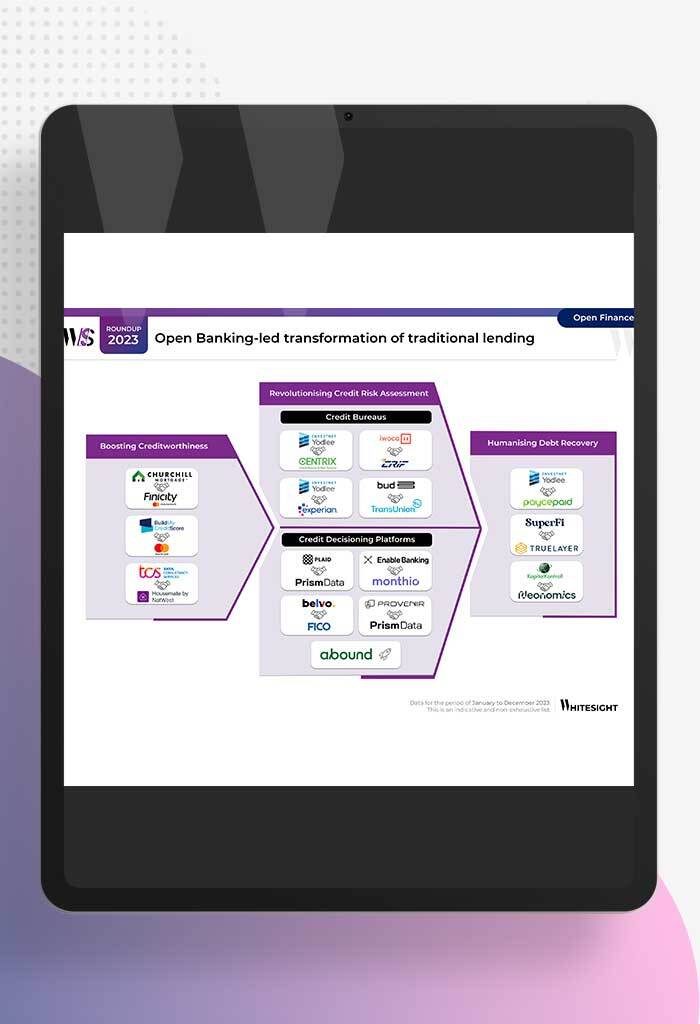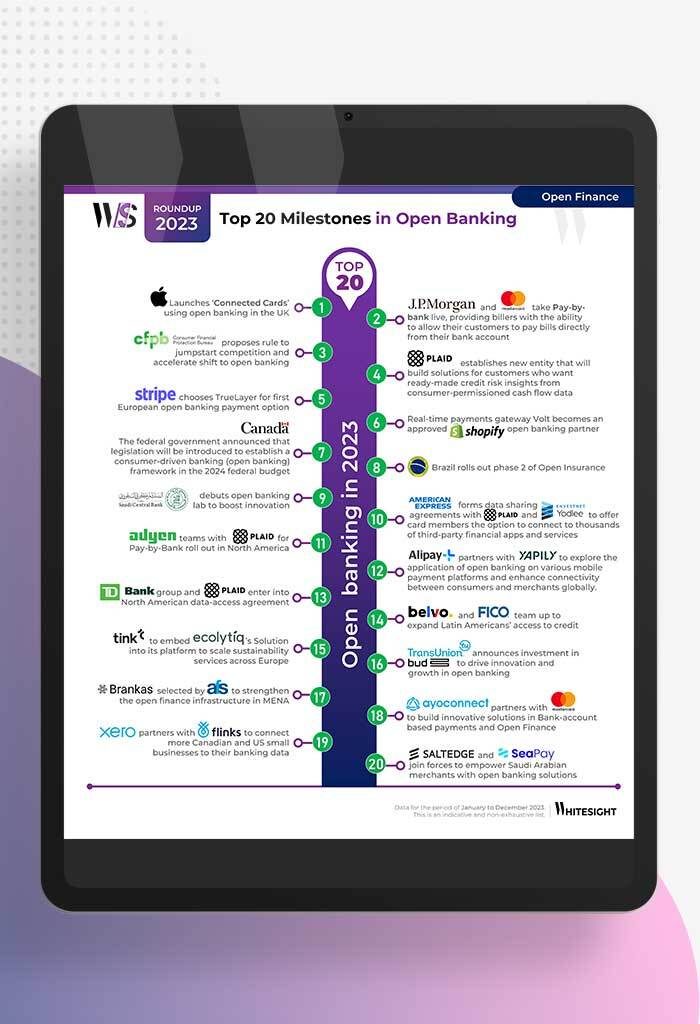The FinTech Unbundling of SME Finance
- Sanjeev Kumar and Afshan Dadan
- 5 mins read
- Insights, SME Finance
Table of Contents
When you read the word SME, you may be used to associating it with a traditionally analogue, offline business. Where do early-stage startups, e-commerce merchants or online creators fit in that picture? Aren’t they also SMEs? The simple answer is yes, but the nuanced one would be that it’s an apples-to-oranges comparison. ♀️With the advent of the internet economy, the definition of small and medium enterprises (SMEs) has evolved to become a dynamic one. Out-of-the-box business models and organisation structures all now fit into the expanding definition. It’s only natural that the financial services industry has developed in a similar fashion.SMEs are a BIG market opportunity. We won’t bore you with the numbers you’ve already read a thousand times – 90% of businesses and 50% of employment worldwide; you know the drill. What we instead want you to pay close attention to is just how extensive the SME finance opportunity is and how FinTech is writing a new chapter in the story.(Having said that, we at WhiteSight believe in the recognition of new players in the space and are always on the lookout for FinTech trailblazers. If you’re an SME FinTech, reach out to us at hello@whitesight.net, or comment below […]
This post is only available to members.
Already a subscriber? Log in to Access
Unlock this blog
Gain exclusive access to this blog alone.
Radar Subscription
Select a membership plan that resonates with your
goals and aspirations.
Not Ready to Subscribe?
Experience a taste of our expert research with a complimentary guest account.
We publish new research regularly. Subscribe to stay updated.
No spam.
Only the best in class fintech analysis.
Related Posts
- Kshitija Kaur and Sanjeev Kumar
From Data Streams to Enriched Data Fountains Remember the early days of plumbing? Water flowed freely, but its quality was...
- Samridhi Singh and Sanjeev Kumar
North America’s Open Sesame: Use Cases Bloom Open banking has garnered significant attention in recent years, and at Whitesight, we’ve...
- Samridhi Singh and Sanjeev Kumar
Profitability Unlocked: Licences, Service, and Survival The rise of digital banks has sparked a paradigm shift in how we perceive...
- Sanjeev Kumar and Risav Chakraborty
High stakes in the gambling sector The online gambling industry is booming, with a projected market size of $107.3B by...
- Sanjeev Kumar and Risav Chakraborty
Open Banking-led Transformation of Traditional Lending In 2023, a wave of innovation swept through the lending industry, thanks to several...
- Sanjeev Kumar
Unmasking Open Banking’s Game Changers in 2023 2023 has been a pivotal year in the world of open banking, marked...
